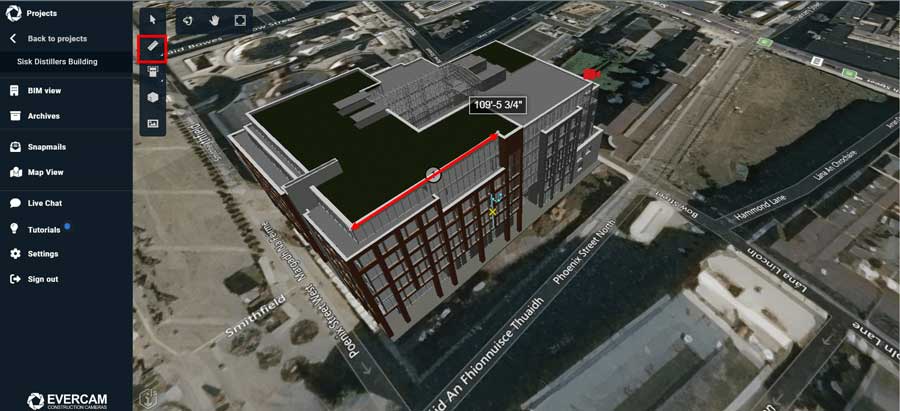
BIM (Building Information Modeling) is a new generation of architecture and building design software that provides a 3D digital representation of the project to be constructed so that it can be visualized in realistic conditions and used for further calculations. Digital Twin, on the other hand, refers to an integrated digital model of both the physical asset and its surrounding environment. It’s often described as a “living twin” because it updates in real time as changes occur and enables predictive maintenance.
BIM and digital twin share the same goal of creating a common, shared platform for design, specification, construction and use of buildings, incorporating various information systems that are typically maintained by providers. However, there are a number of key differences between BIM and digital twin.
Perception/Fusion:
The purpose of BIM is to create a 3D model that includes everything required for design or construction. This includes 3 material layers (construction, foundation, insulation and other building materials) that are typically represented with different polygonal mesh-based models for each level of the application. The end result is a solid model that can be used by 2D and 3D drawing tools as well as computers equipped with the appropriate software. Digital Twin represents only the physical asset at its component level but does omit all possible design information. It is the combination of all meaningful information and data that is relevant to a digital twin. While BIM is perceived as a tool for design and construction, Digital Twin is a tool for operation.

Scope:
In terms of scope, BIM refers to the digital representation of objects according to building design requirements. BIM is intended for collaboration and visualization during the design and construction phases, serving as a digital record post-construction. On the other hand, a Digital Twin comprises every aspect of an organization’s asset and its environment as well as relevant processes (manufacturing/operations), that can be digitally modeled. Digital Twins are intended for operations & maintenance.
Construction Lifecycle:
BIM is predominantly used in the as-built stage of construction. The use of BIM makes it very easy to preserve a model that reflects the final building geometry and data. It consists of all the changes that have been implemented in the building during and post-construction. This model can be preserved for years and be utilized for maintenance of the building, design changes, renovation, etc. Looking at the digital twin life cycle, as the construction phases proceed, different types of data are captured continuously (including data from sensors and monitoring devices). The captured data can be combined with BIM data to build a digital replica of the construction site i.e. “digital twin” that is updated in real-time with new data. Over the course of construction, project managers can use the digital twin platform to gain a multi-dimensional view of the performance of the construction site. The platform can also be used to predict trends, detect risks, and optimize project schedules.
Even after the construction phase, you can use the 3D model to efficiently manage and maintain the building. For example, you can use the model for developing an annual maintenance plan or to easily locate parts that require maintenance. Additionally, you can simulate and calculate any changes to the installations in the 3D model before applying them.
Database:
BIM is prescriptive. BIM answers questions about the elements of a building maintaining a database of the functional and physical properties of elements. For example: What is the thickness of the wall? How many walls are used in the building e.t.c. A digital twin is descriptive. It maintains a database of real-time activities addressing queries such as every status change reported for all activities of the project and who reported them; Issues and obstacles faced during the construction process and who resolved them at what point of time and so on.

These smart platforms both represent a digital reconstruction of a building. What makes them different is the capacity in which they support it. BIM helps keep design-build on time, under budget, and true to form. Digital twins help a well-designed building meet and exceed its intended purpose. Construction companies are also getting smarter with respect to employing tech tools hence making the demand for smart software to support the entire building life cycle high. BIM and digital twins combine to answer this demand, each serving an important role before, during, and after the build, and to the many purposes, it’ll serve throughout its lifetime.
To discover more about how Evercam can connect with your BIM model and Digital Twin, get in touch with us today.